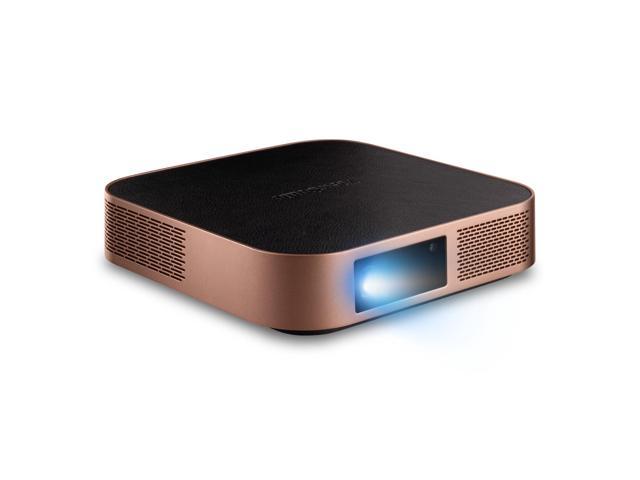The polymerase chain reaction (PCR) is a widely used molecular biology technique. It was invented in 1983 by Kary Mullis, who was awarded a Nobel Prize in Chemistry in 1993 for his innovation. Since its introduction, the PCR technology has brought a true revolution in scientific research involving applied areas such as diagnosis and genetic improvements for plants and animals. PCR is a method of replicating deoxyribonucleic acid (DNA) by the selective amplification of a target region of a DNA molecule. Only few cycles of PCR can generate millions of copies of a particular DNA sequence quickly and precisely. Routinely, a PCR reaction consists of three distinct steps- denaturation, annealing and extension. In the first step of denaturation (at ~95degC), double stranded DNA denatures into two single strands. In the annealing step (at ~56degC), short complementary sequences of DNA known as primers, anneal to the single stranded target DNA. In the final step of extension, temperature is raised to around 72?. DNA polymerase extends the primer to form a second complimentary strand of DNA. The elaboration of a PCR technique for amplification and for analyzing even very small amounts of DNA or a damaged DNA has generated wide applications in analysis of gene, diagnosis of several genetic diseases and detection of infectious agents like viruses, bacteria, fungi, protozoa, etc. Another beneficial application of PCR is in the generation of a genetic fingerprint. PCR is also used to monitor pathogens in the environment. PCR is an imperative technique for research in molecular biology such as in cloning procedure which has considerable potential in forensic science. PCR has numerous applications in various other fields such as agriculture sciences, personalized medicine, archeology, etc. This book gathers the recently published works related to PCR and its applications. The first chapter highlights the introduction to polymerase chain reaction. The second chapter features the application of reverse transcriptase-polymerase chain reaction (RT-PCR) in the rapid detection of pathogen in water samples. In chapter 3, discussion is on the PCR methods useful for accurate and rapid screening of the genetically modified organisms in foods. PCR applications in forensic science are described in chapter 4. Application of PCR for the diagnosis of ankylosing spondylitis is discussed in chapter 5. In chapters 6-12, use of PCR technique for the detection of pathogens and diagnosis of infectious diseases is described. PCR methods for the detection of Alzheimer’’s disease-related single nucleotide polymorphism and cancer related genes are illustrated in chapters 13 and 14, respectively. Chapter 15 discusses the PCR in exploring endodontic infections. Analysis of the archaeological skeletal remains using PCR is described in the last chapter of the book. I hope that this book will be advantageous for students, researchers, teachers, and industrial experts.















